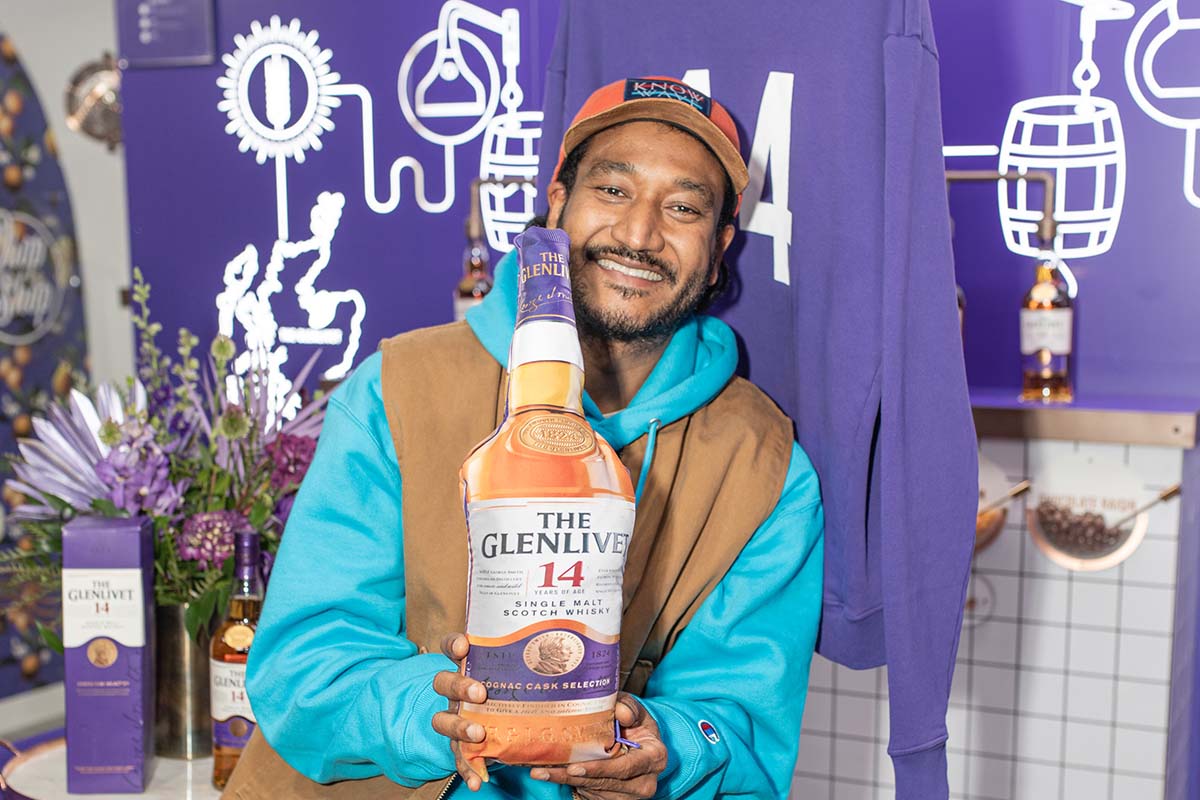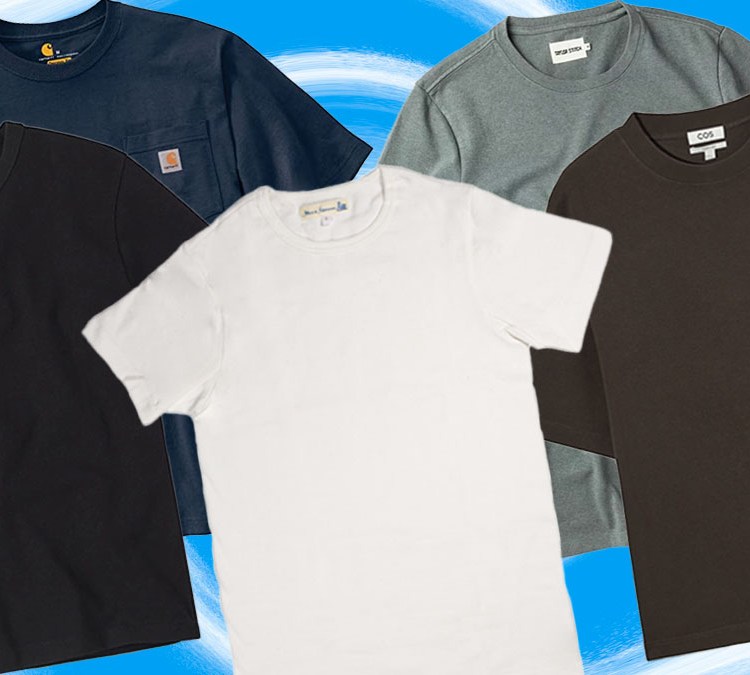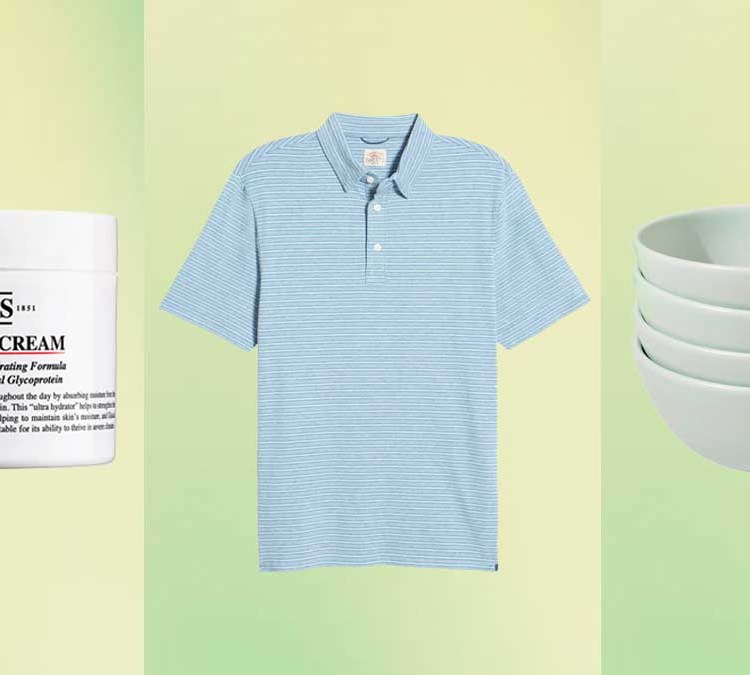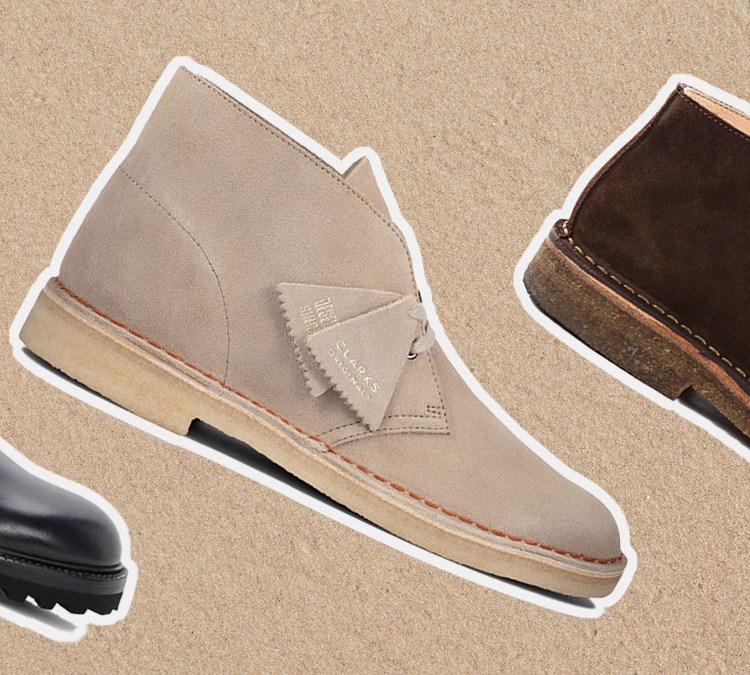French style is a tricky thing to define, mostly because there’s no core ingredient to it. England has a history of slightly more conservative – often referred to as “perfect” — tailoring, with heavier materials like wool and tweed taking centre stage. Italy is the opposite, adapting to its warmer climate through the use of lighter cloths like cotton and linen, therefore allowing for a little bit more room and relaxation in a suit. Technicality wise, France sits somewhere between these two countries, but the idea of French style as we understand it today hasn’t been built on craftsmanship. Rather, it’s been built on a philosophy: one that proclaims the character, insouciance and authenticity of its wearer. A prime example of it in action? On the big screen, in Jean-Luc Godard’s New Wave films.
Turning 90 this week, Godard rose to fame at the dawn of the 1960s with the release of À bout de souffle (Breathless, for us English-speaking folk). Loaded with innovative auteur techniques like jump cuts, shot-reverse-shots and a storyline that shattered the notion of fairytale in film, it was a breakthrough moment for European cinema and the effect a viewer takes from it. That effect was a moral lesson, for the most part, but across his prime period in film, Godard unconsciously loaded his projects with a bunch of menswear lessons, too. Given the low budgets, actors like Jean-Paul Belmondo would show up on set and actually shoot scenes in their own clothes. So what you’re watching is a genuine French guy with genuine French style — and that’s what makes these movies such a vital point of influence for us fashion lovers.
To celebrate his ninth decade, we’ve raked through his auteur archives and sourced the leading style philosophies to take from his authentic French characters.

Michel Poiccard’s Trilby Hat From À bout de souffle, 1960
First up, À bout de souffle. It was, after all, Godard’s first feature film — released in 1960 to much critical acclaim. Jean Paul Belmondo plays leading character Michel Poiccard: a petty criminal who’s on the run through Paris while trying to seduce his American love interest Patricia. Youthful and charming, Poiccard outrightly models himself on the film persona of Humphrey Bogart, a choice clearly visible through his clothing. Bar the apartment scene (aka 24 minutes of cinematic gold), Poiccard’s style is simple and consistent: leather oxford shoes, high-waisted tailored trousers, super skinny belts, relaxed white shirts, knitted ties and single-breasted wool blazers. While we don’t suggest following suit in his illegal actions, we do suggesting taking a slight cue from his nonchalant attitude — perfectly manifested through his tremendous trilby hat.

A Chunky Sweater From Bande à part, 1964
Much like the title suggests, Godard’s 1964 feature Bande à part is centered on a pretty tight-knit group, so with that in mind, it’s hard to favor one character. We will praise the style choices of its two leading males, though: Franz and Arthur. Across the film’s 100 minutes, the pair are seen parading through the Louvre, dancing the Madison in cafes (well worth watching for this scene alone) and — most importantly — planning a robbery with additional female band member Odile. This is Godard’s witty French portrait of rebellious youth, and it’s done with style. For Franz, it’s very formal: double-breasted blazer, long-collared oxford, skinny tie and such. For Arthur, it’s more relaxed: twill trousers paired with a chunky Argyle jumper — aka a must have for the festive season ahead. The style philosophy to absorb with it? Have (the right kind of) fun.

Lemmy Caution’s Overcoat From Alphaville, 1965
Godard is known as the maestro of French-realist cinema, but he also tapped into some predictions for the future through his mid-’60s release Alphaville. A stylish European nod to George Orwell’s 1984, this film places focus on Lemmy, a detective who is dispatched on a secret mission to free civilians from a dystopian metropolis. With the quest in mind, Lemmy brings new levels of sophistication to the traditional inspector look: classic tailoring complimented by a single-breasted, slightly oversized trench and short trilby hat. If you’ve watched Jean-Pierre Melville’s Le Samouraï, you’ll likely see the similarities. Or inspirations, we should say — Godard was the first to nail French detective chic. So to nail Lemmy’s look yourself, start with a well-crafted car coat, otherwise known as the most failsafe piece of outerwear possible. After that, all you need is a sharp knack for observation.
Paul’s Scarf From Masculin Féminin, 1966
To the younger readers, there’s one French actor you should turn to for style advice: Jean-Pierre Léaud. He was a favourite for New Wave filmmakers in the ’60s, kicking off his career in Truffaut’s excellent Antoine Doinel series before teaming up with Godard for Masculin Féminin in 1966. In it, he plays a young idealist called Paul, and less like previous male characters Godard created, his wardrobe is centered much more around styling details. Namely, pulling out the collar of his polo shirt, lifting the lapels of his overcoat and fixing his elegant attire with a silk polka dot scarf. The latter detail has got to be our favorite, and his mode of tying it in an overhand knot is very French. To invest in the best, head to Drake’s. Oh, and for a 2020 upgrade, a matching face mask wouldn’t hurt either.

Pierrot’s Corduroy Shirt From Pierrot Le Fou, 1965
Jean Paul Belmondo may be most commonly associated with À bout de souffle, but his work with Godard also extended to Pierrot Le Fou, an underrated (and arguably better) feature. The difference with this film is that it moves away from the urban influence of Paris, and Godard makes a sartorial nod to that through a plethora of very fun, very bright garments. Alongside Anna Karina, Belmondo plays the film’s title character, and the pair embark on a mischievous, comic-like adventure — think Bonnie and Clyde in the South of France. Pierrot’s uniform mixes tailoring with workwear-style shirts, and his choice of a popping red design cut in corduroy is truly brilliant. It may not be an easy one to pull off, but with Christmas just around the corner, now is the time to try it.

Paul Javal’s Suit, Le Mépris, 1963
For our final character choice, we’re going back down the classic road through Paul Javal in Le Mépris. It’s not your traditional Godard narrative, as it favors a realist mood over a realist plot, but within its course, lead character Paul (played by Michel Piccoli) always manages to maintain a carefree composition through his clothing. You see that in the way he wears his single-breasted suit; cut from a light twill, falling in a relaxed manner and sealed with subtle casual touches like a striped tie and skinny leather belt. Assured, nonchalant and undeniably French, they’re key factors for a style win — and also the ones that Husbands has in mind when designing their impeccable suits. What’s not to love?
This article was featured in the InsideHook newsletter. Sign up now.




















